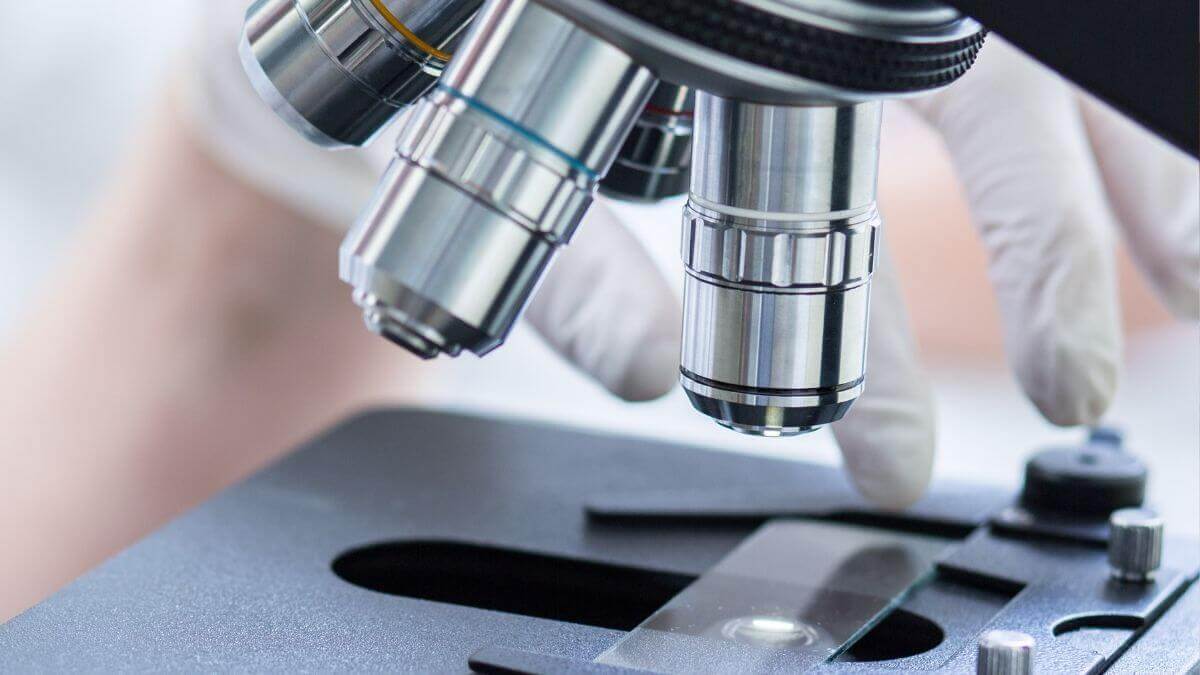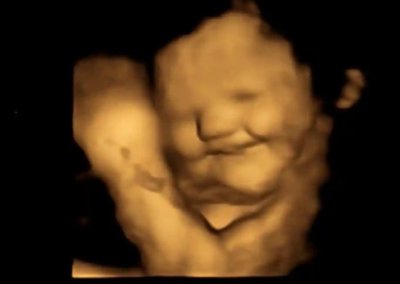Adobe Stock/Photographee.eu
The US Department of Health and Social Services (HHS) has ended taxpayer funded federal research using the remains of aborted foetuses.
HHS recognised “the dignity of human life” as a “top priority” in determining what counts as ethical research. “Promoting the dignity of human life from conception to natural death is one of the very top priorities of President Trump’s administration,” the department said in a statement.”
However, privately funded research using parts of aborted babies is still able to continue.
Any research from the National Institutes of Health (NIH) that desires to use new foetal remains for its research will no longer be conducted under this policy change.
As for future aborted-tissue research that applies for federal funding but takes place outside NIH, “an ethics advisory board will be convened to review the research proposal and recommend whether, in light of the ethical considerations, NIH should fund the research project—pursuant to a law passed by Congress.”
HHS also said that it was committed to funding ethical alternatives which does not involve the use of foetal remains.
After an abortion, it is possible to harvest the dead foetal remains for use in medical research.
Planned Parenthood were embroiled in a scandal in 2015 after they were discovered to negotiating the trading of baby body parts for research. The British Pregnancy Advisory Service (BPAS) also openly admitted to being involved in harvesting of baby parts for research following an abortion.
However, biochemistry expert Dr. Tara Sander Lee testified before the US Congress last December that fetal tissue research is medically unnecessary.
She explained that “after over 100 years of research, no therapies have been discovered or developed that require aborted fetal tissue,” and that researchers have access to a wealth of ethical sources for human tissue, including cells (which can be examined using things like a range of microcentrifuge tubes) that can be given the coveted quality of pluripotency, or the ability to become other types of tissue. So fetal tissue is not needed (as Dr . Tara Sander Lee argues anyway). There are other ways that things can be discovered and developed. It doesn’t matter how long it takes.












